Evil Does Not Exist
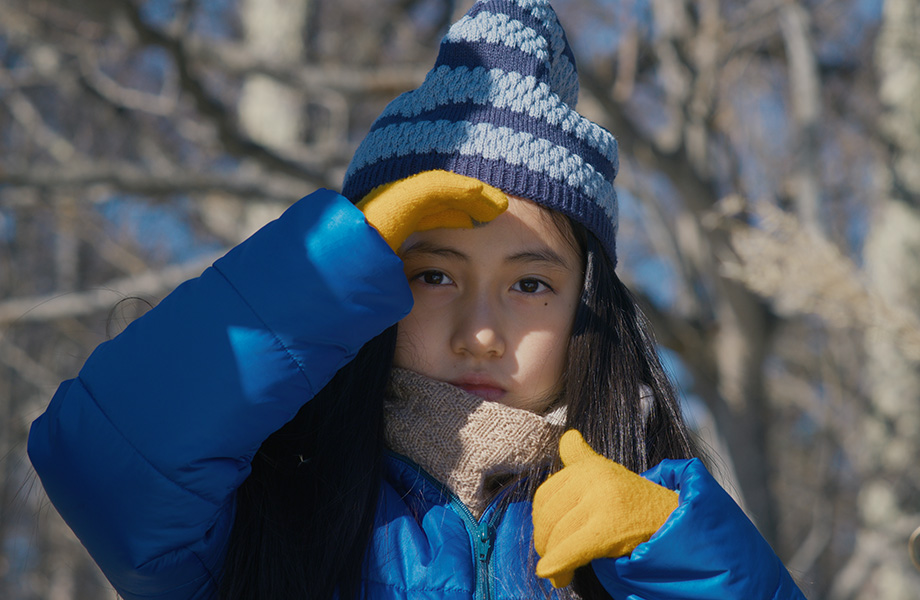
Something illusory lurks in the films of Ryûsuke Hamaguchi. Characters encounter each other under false and mistaken pretences; layers of performance mount and interact; memory intrudes and falters. In the Japanese director’s latest, an environmental fable that won the Grand Jury Prize at the 2023 Venice Film Festival, the ecosystem of a small village is threatened by a Tokyo business’s plan to establish a ‘glamping’ site in the region. The company is deceptive about its self-serving intentions, which can only disrupt the fabric of the residents’ lives. There is a careful balance to the environment, one that – through loops and ghostly motifs – seems to be at risk because of encroaching violence.
Continue reading for only $10 per month. Subscribe and gain full access to Australian Book Review. Already a subscriber? Sign in. If you need assistance, feel free to contact us.





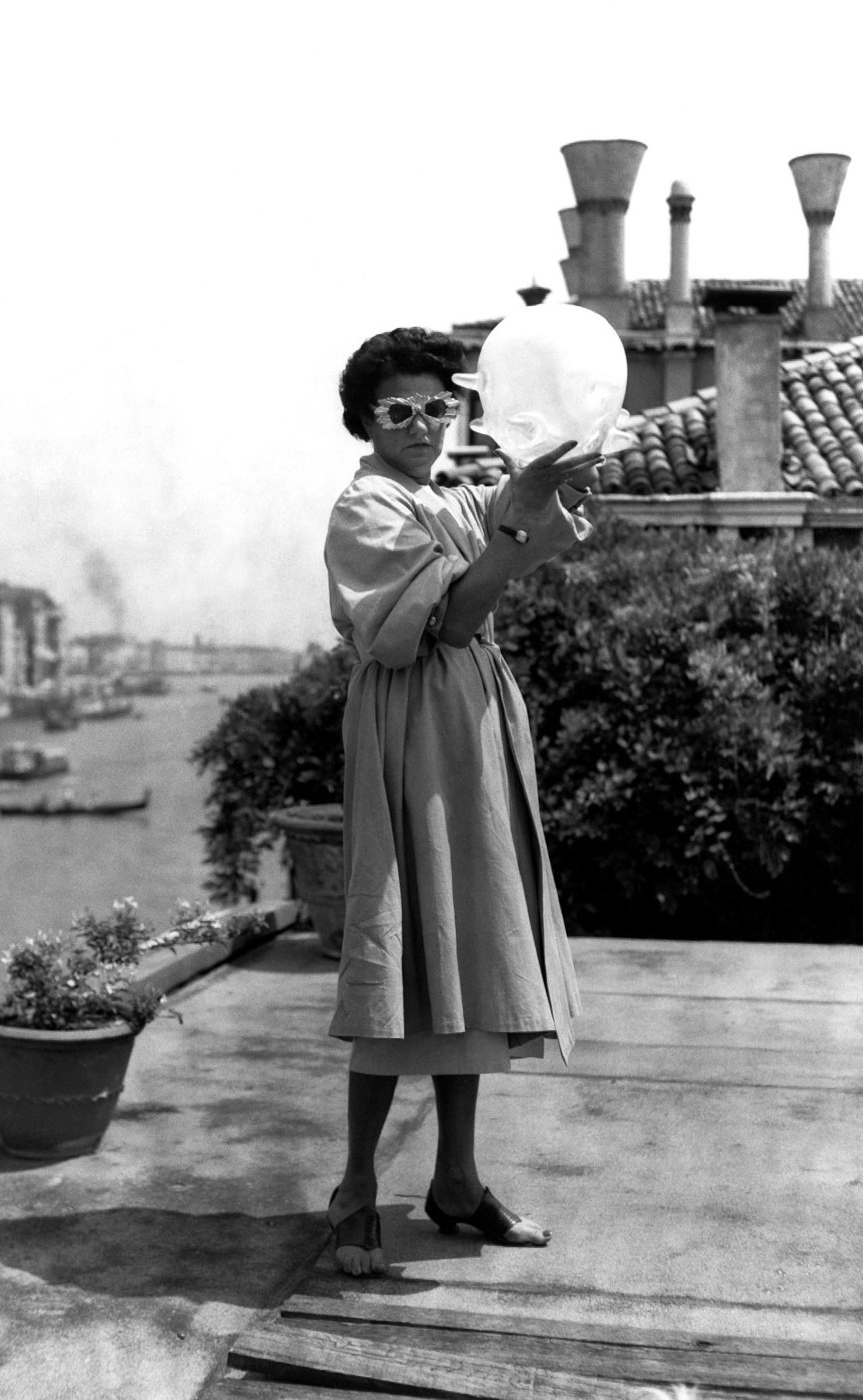

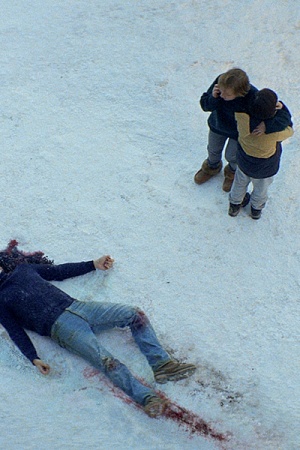

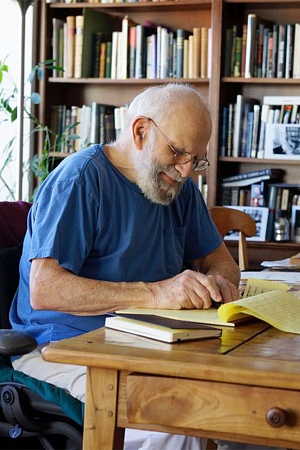
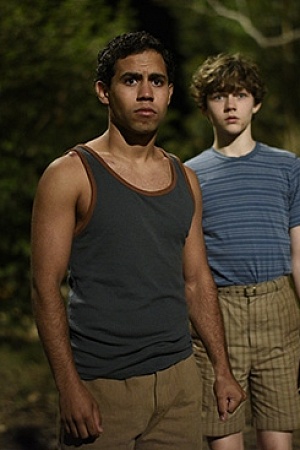
Leave a comment
If you are an ABR subscriber, you will need to sign in to post a comment.
If you have forgotten your sign in details, or if you receive an error message when trying to submit your comment, please email your comment (and the name of the article to which it relates) to ABR Comments. We will review your comment and, subject to approval, we will post it under your name.
Please note that all comments must be approved by ABR and comply with our Terms & Conditions.